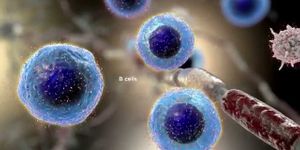So what's the difference between venom and poison? Turns out that the distinction is purely in the method of delivery; poison has to be inhaled, ingested, or absorbed, while venom must be injected into a wound. Chemically, venoms and poisons are both considered toxins, and the same compound can even constitute both poison and venom in different animals. One example of this is tetrodotoxin, which is 10,000 times more toxic than cyanide. Tetrodotoxin is found in puffer fish as a poison and in blue-ringed octopi as a venom. Some animals can even be poisonous and venomous, such as the Asian tiger snake!
Humans have tried to harness the power of the toxins in poisons and venoms for thousands of years. Today, toxins are often the chemical catalyst for new medicines. The poison from cone snails is used as a painkiller, and scorpion venom might one day be used to treat heart disease!








